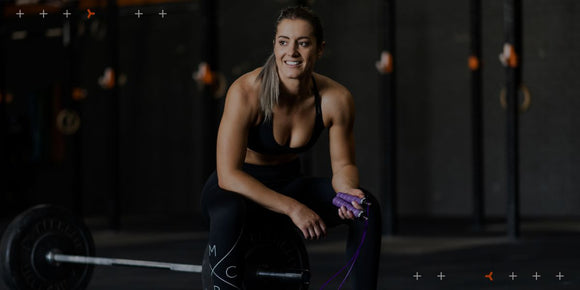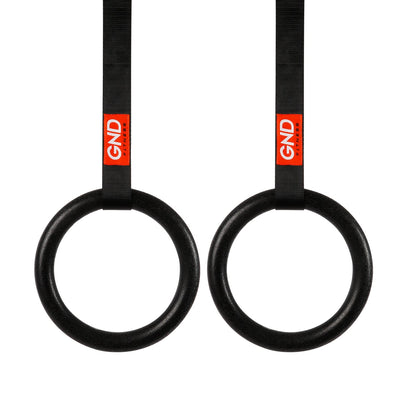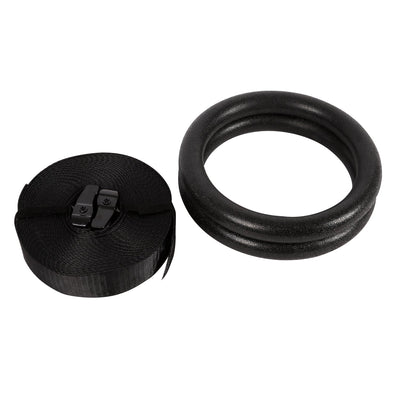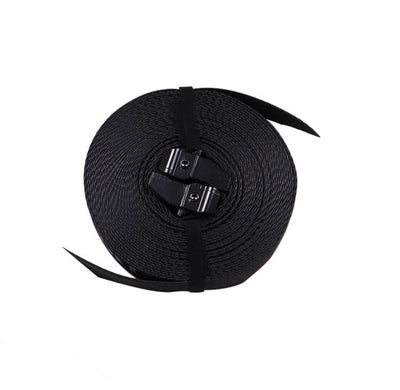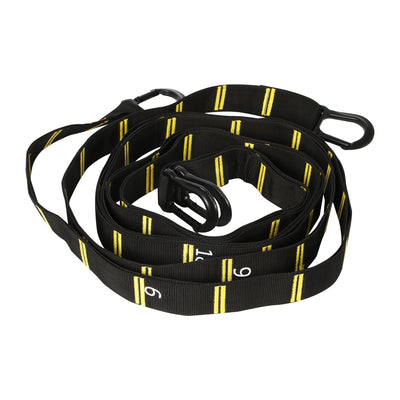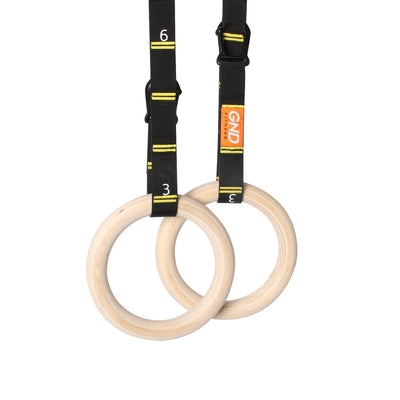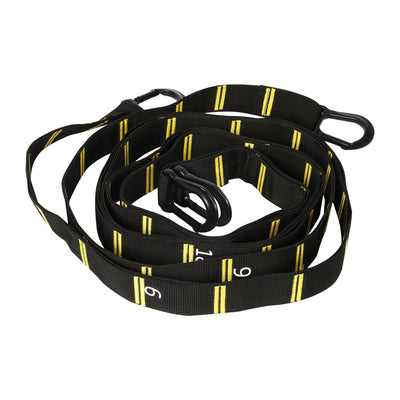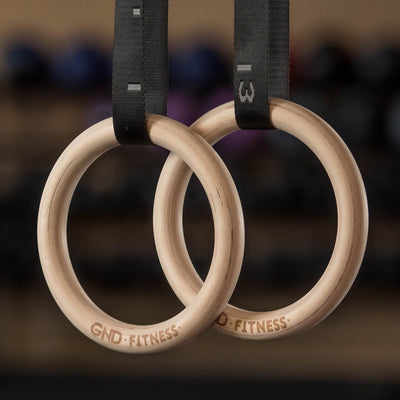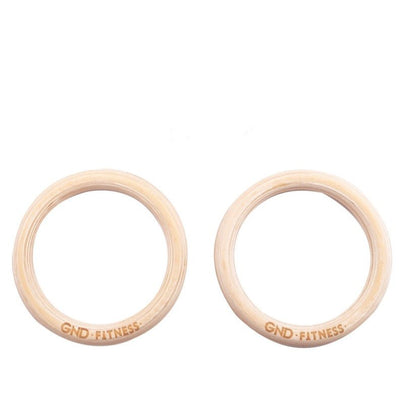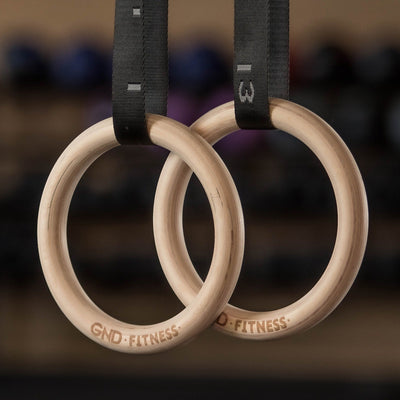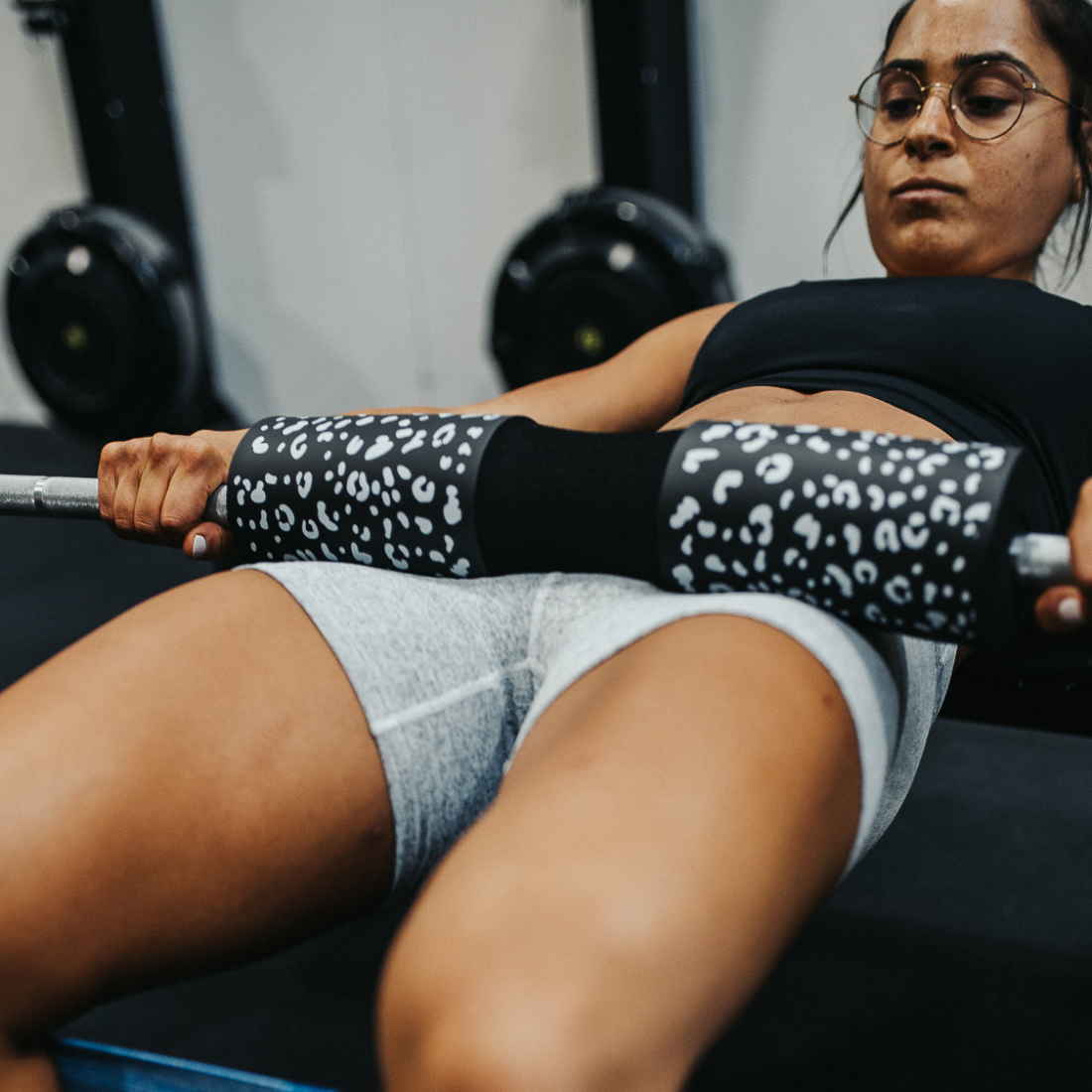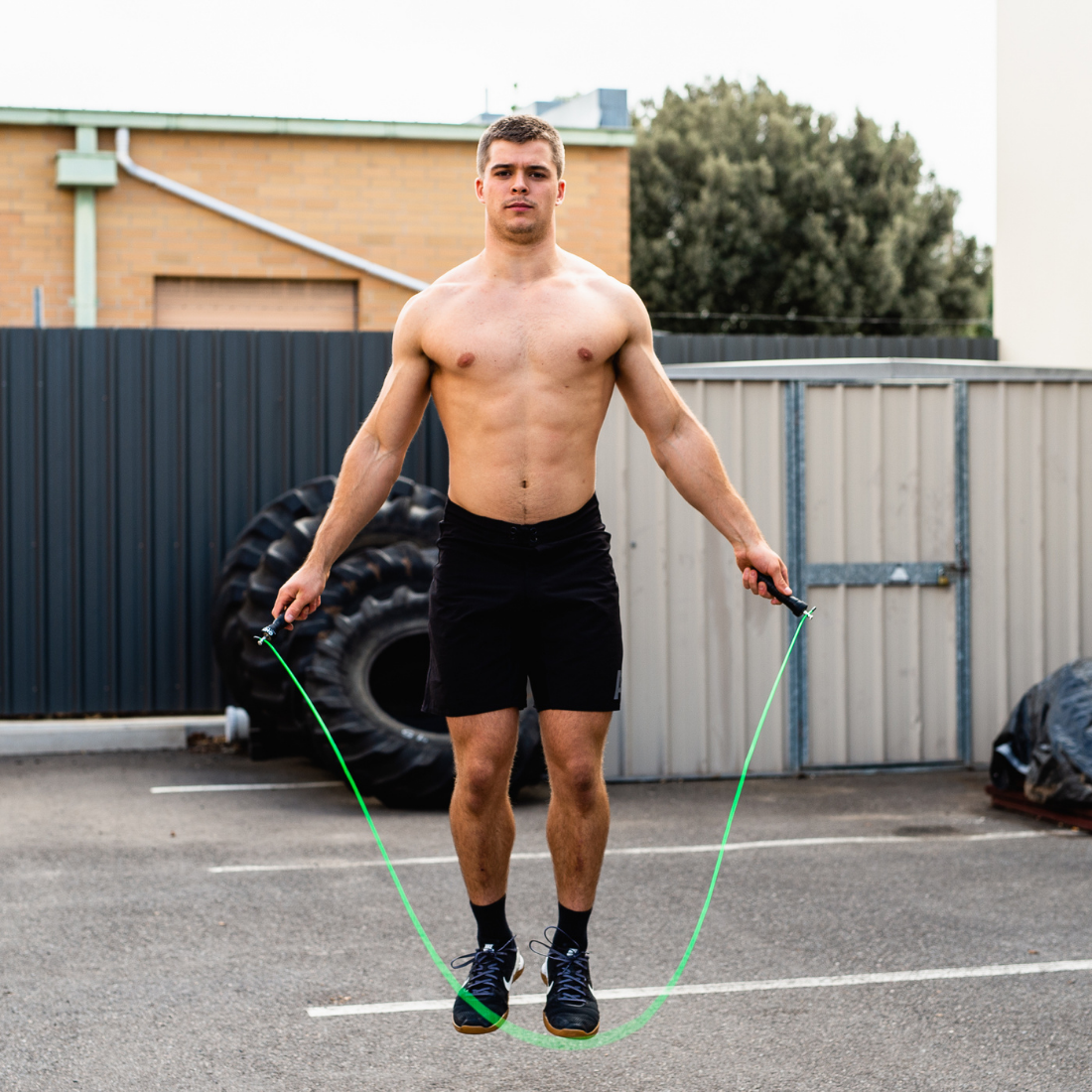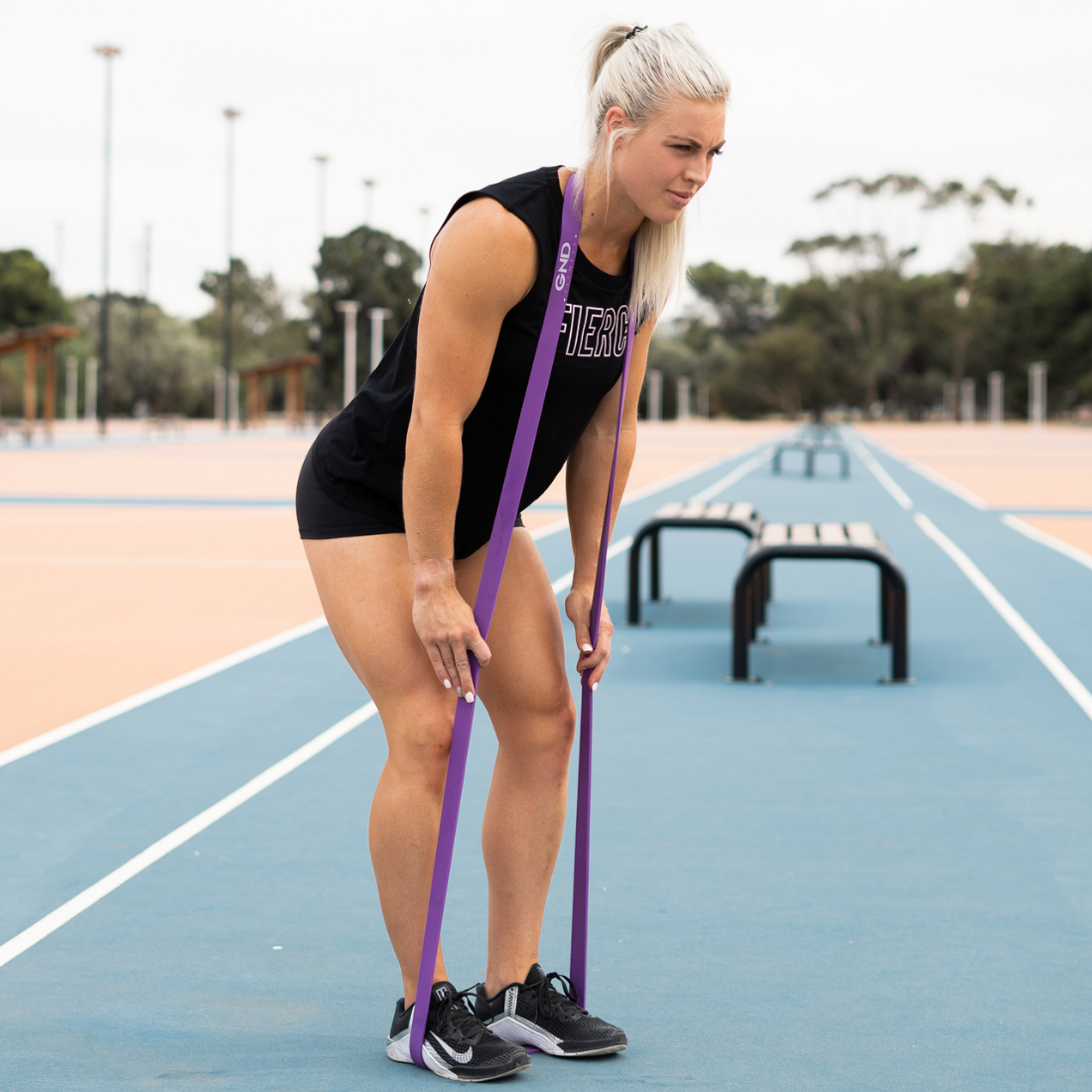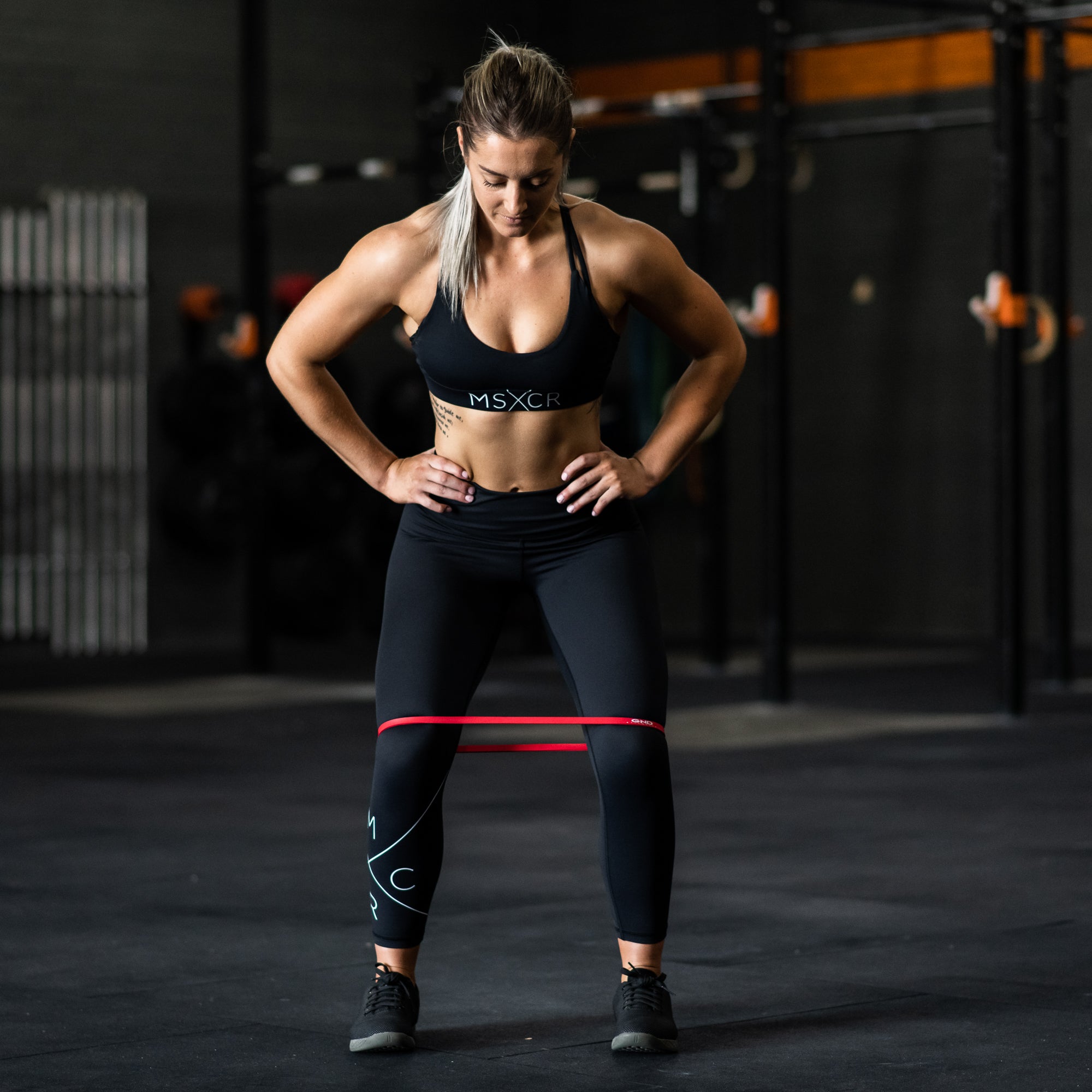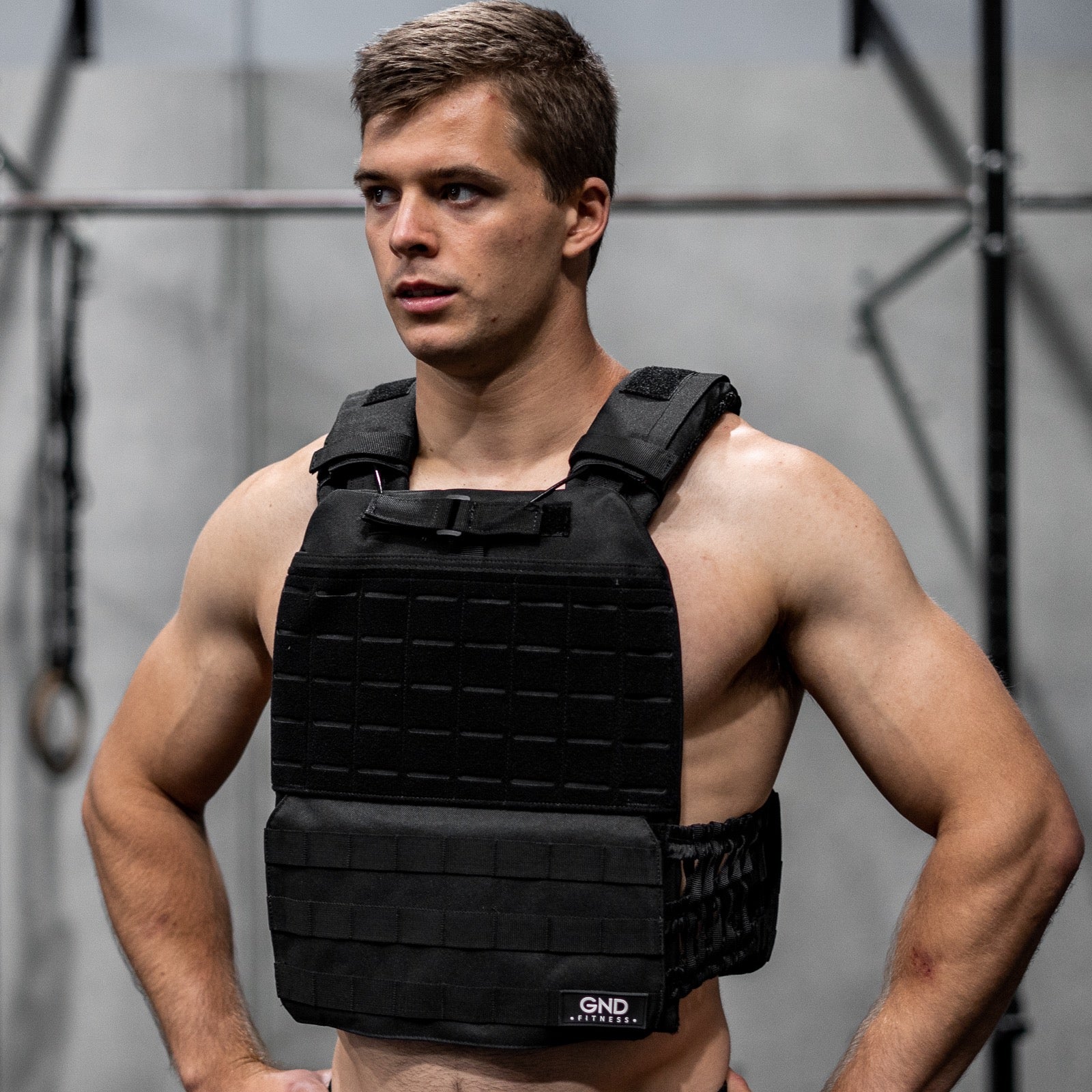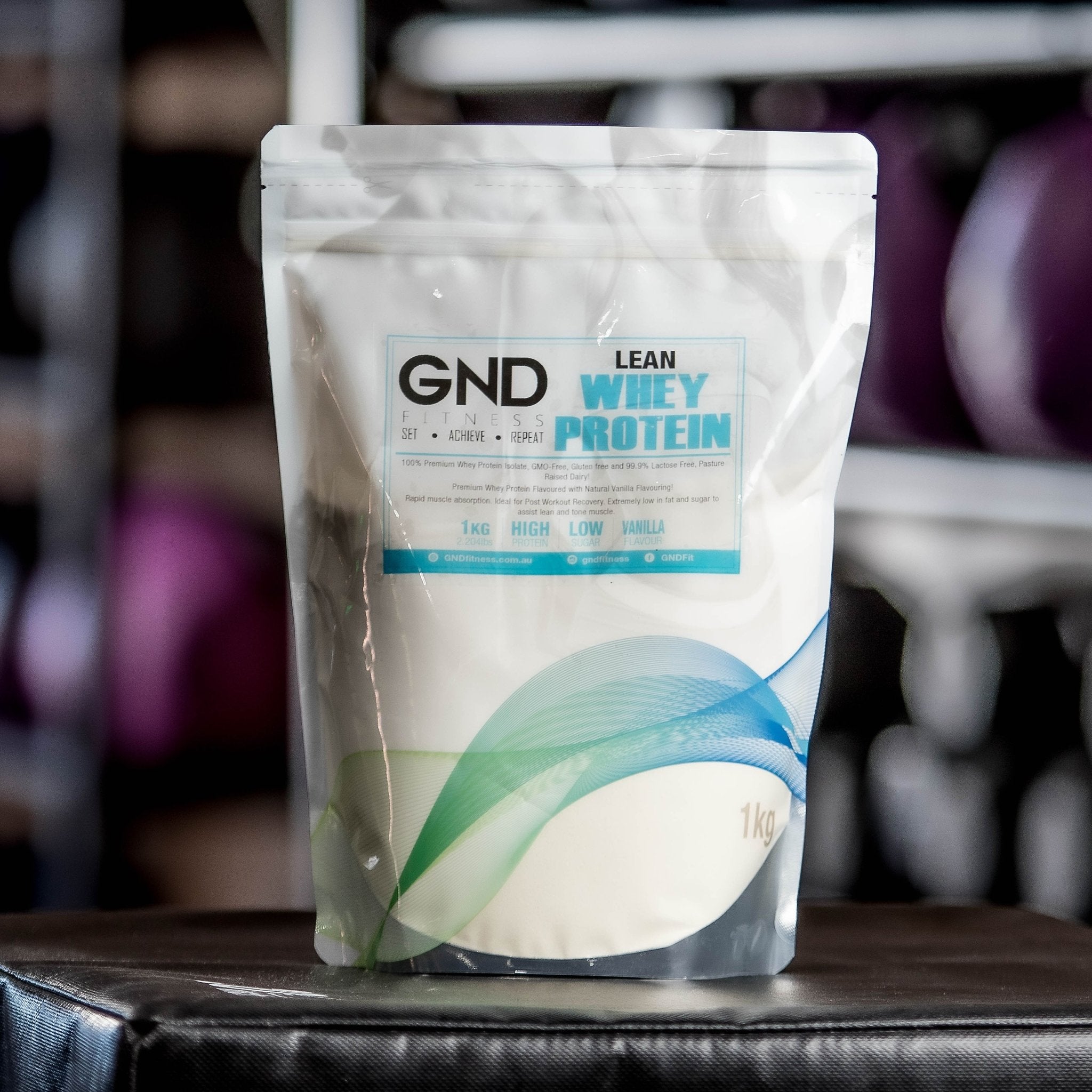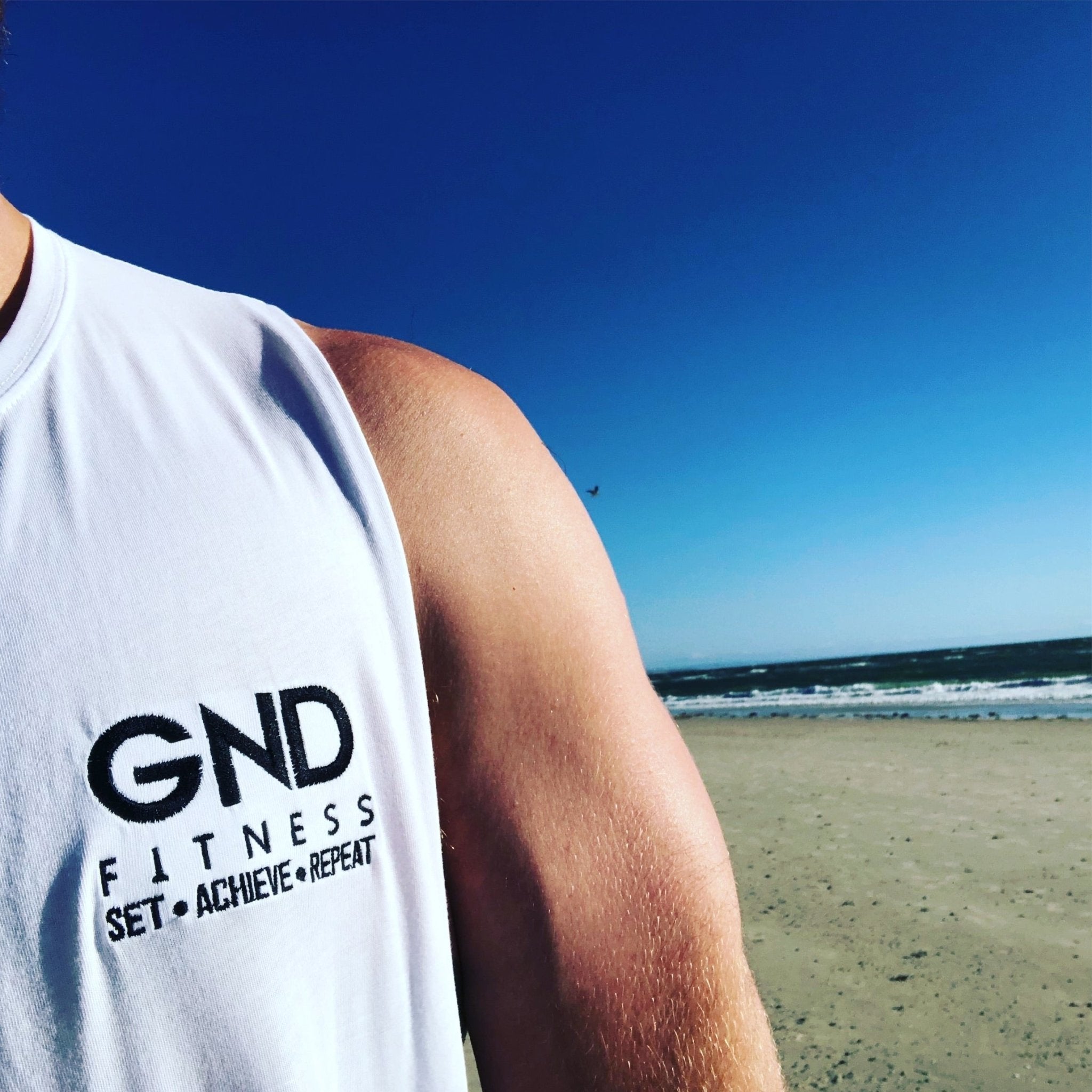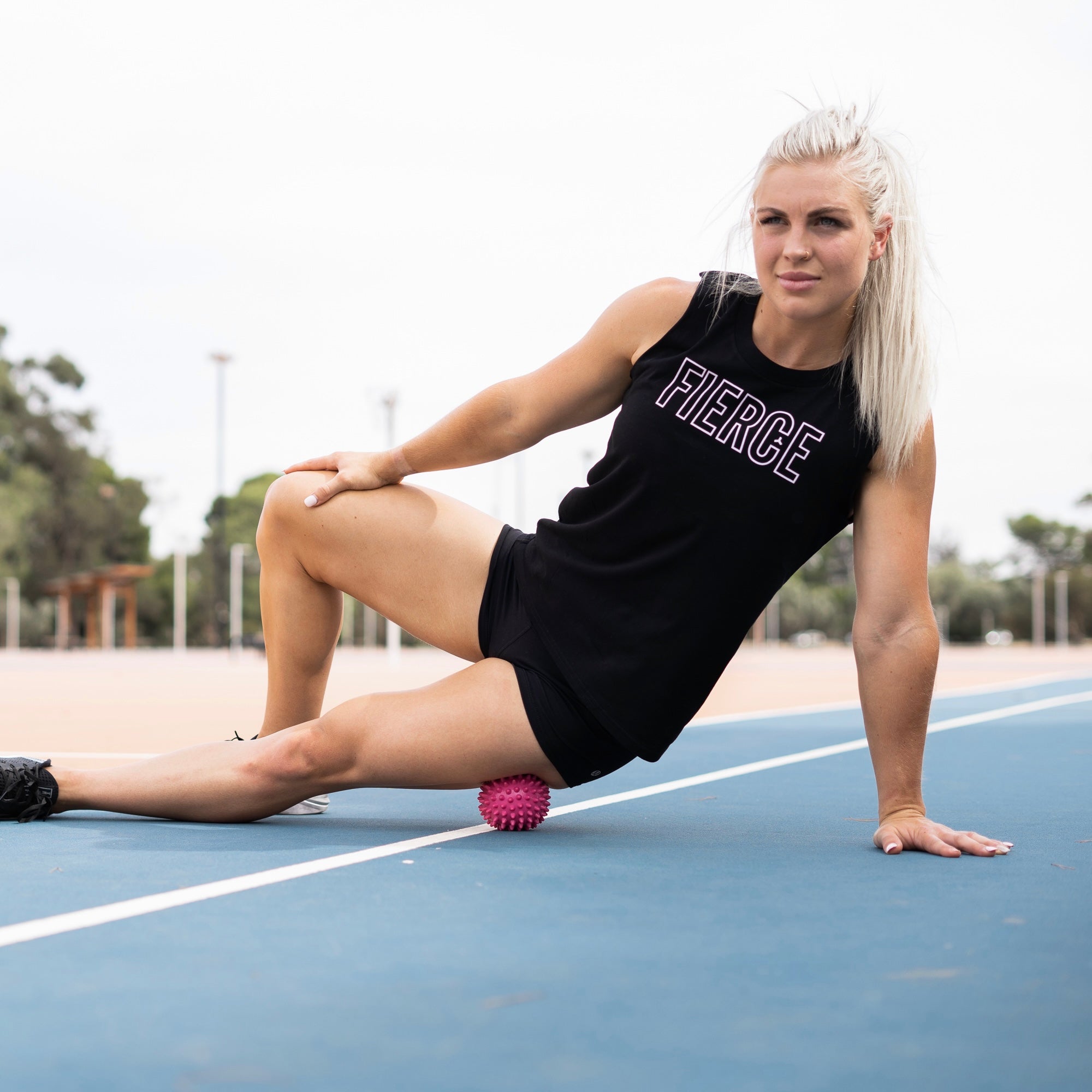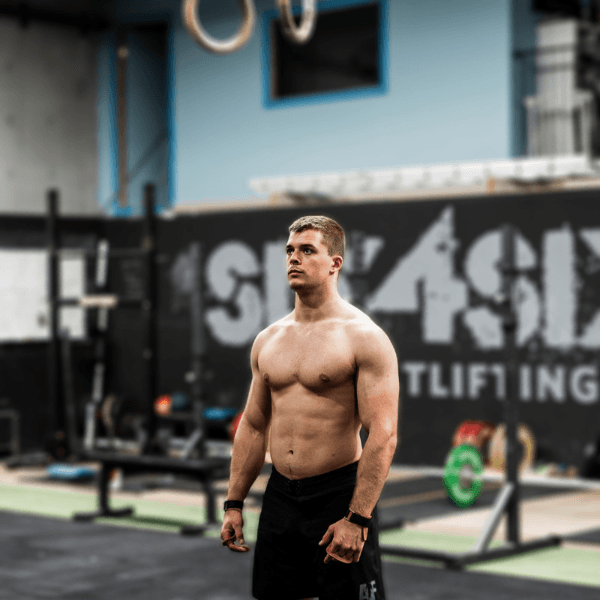
The Benefits of Using Gym Rings
Garth Stivey
The Benefits of Using Gym Rings
Gymnastic movement has been creeping into mainstream gym workouts for a number of years, thanks to CrossFit - and a general appreciation for the jacked physiques of top gymnasts. One piece of equipment that is gaining quite a bit of attention is the gymnastic ring. In this article, we’ll discover the benefits of using gymnastic rings as part of your training routine.
7 Key Benefits of Gym Rings
Versatility
Gymnastic rings can be attached virtually anywhere. They can be hung from a ceiling, a tree, steel beam, a laundry post or attached to a pull up bar. They can be set up very quickly, are easily adjustable and are extremely portable.
The variable height adjustment of gymnastic rings allows you to train with both push and pull exercises. For example you can use them to do pull ups and you can lower the straps to a few inches off the ground to perform unstable push ups.
You can even set the two rings at different heights and widths to give your body a unique challenge. The two rings can also be used independently in order to provide unilateral training benefits to your body.
The versatility of gymnastic rings becomes a huge plus when you are travelling. Instead of having to search out a gym, you are able to get a great workout anywhere you can find overhead support.
Instability
Because the rings are not fixed, they provide a very different challenge to exercises that are, such as conventional pull ups on a pull up bar. The instability produces huge proprioceptive benefits to your workout. Exercise which have no proprioceptive component can be trained in a proprioceptive way. This stimulates your deep muscles in a way that the same exercise done conventionally simply cannot.
An example of the benefits of instability is the unstable push up. When done holding the rings a few inches above the ground, a whole new element of complexity comes into the movement. You are having to balance your body as you perform the push up, which fully engages the core.
The very act of supporting your body in mid air is also placing a lot more stress upon the prime mover, the pectoral muscles. And, as you know, more stress on the working muscle means more strength and muscle growth.
The higher tension caused by the stabilization provides a new level of intensity on each exercise and can provide a new, unusual training stimulus. You can also, however, shorten the length of the lever to reduce the intensity of certain exercises. This allows you to graduate your training to be able to, over time, perform a very difficult exercise.
An example of this is the Iron Cross. By starting with a shorter strap you are able to perform a modified Iron Cross. You can then gradually lengthen the strap so that you are getting a fuller range of motion until you have achieved a full Iron Cross position.
Leg and Core Training
Because you can bring the straps right down, you can use the rings to train your lower body with such exercises as Bulgarian Split Squats and lunges. Due to the increased intensity of the instability these moves provide a challenging workout using just the rings and your bodyweight. They are especially beneficial when they follow on from a heavy weight exercise like squats.
Gymnastic rings are fantastic for training the core. Every exercise that you can do on a static pull up bar can be done on the rings, with the inherent instability of the rings making them far more effective.
Working your abs on a pair of gymnastic rings will give you greater benefit, both in terms of ab strength and visual appeal, than pounding away with crunches or sit ups. In fact, you don’t even have to do specific ab exercises to get impressive results. Just by doing pull ups and push ups on the rings, you’ll be getting in a very effective abdominal workout.
Versatile Grip
A big advantage of training on the rings is that it is possible to change your grip during an exercise. This can make certain exercises more effective. It also allows specific muscles to be better stimulated.
An example is the ring dip. By moving your hands from a pronated to supinated grip position as you transition from the positive to the negative part of the movement you are able to more directly stimulate the muscle fibers of your inner pecs. This is something that you are unable to do when performing dips on a static pair of dipping bars.
You can also switch up the hand positioning by using only one ring and grabbing it on the top for an overhand grip.
Better on the Joints
Because they are not fixed in place, gymnastic rings are able to better adapt to the natural position of the joints. This means that overload of the ligaments and tendons can be avoided on certain exercises.
When you do moves such as pull ups and dips on the stationary bar, you are not able to move freely. This may lead to shoulder pain. When you’re on the rings, however, you have freedom to move naturally and can even change from a pronated to a supinated or neutral grip mid-movement.
Great Strength Builder
When you watch a top level gymnast in action, everything looks so easy. They perform mid-air feats of balance or contortion with seemingly no effort at all. But don’t let that fool you. What they do requires an incredible level of functional strength. And they didn’t develop that strength with barbells and dumbbells. It was pretty much all done on the rings.
It is interesting to note that there is little strength transference from traditional weight room exercises like squats, deadlifts and the bench press to your strength and performance on the gymnastic rings. That is why gymnasts generally steer clear of the weight room. But, there is great transference the other way. Doing exercises on the rings will make you stronger on all of the main gym lifts.
Build Lean Muscle
You have no doubt noticed that top level gymnasts have pretty amazing physiques. Again, they were not built with all of those exercises you find down at the gym. It’s all down to the hours and hours of training they do on the rings.
Because training with gymnastic rings is so much more intense than a comparable move on a static bar, you don’t have to work out so long to get muscle building benefits. The inherent instability of ring training also means that you will be training multiple muscle groups at the same time. This also equates to shorter workouts and more bang for your workout buck.
So, if you are interested in lean muscle mass, as opposed to the bulky muscle of a bodybuilder, gymnastic rings can help you get there.
But, Aren’t Rings Meant to Bad For Your Joints?
There has been quite a bit of print dedicated to bashing the gymnastic rings lately. One of the common objections is that exercising on gymnastic rings is dangerous for your shoulder ligaments and other areas of soft tissue in the body. This is claimed to be due to the increased range of motion that the rings allow for.
The extra movement that your body is forced to undergo can, indeed, cause injury to your ligaments if you are not ready to use gymnastic rings. Let’s make no mistake, the rings are not a tool for beginners.
You should have put in the hours on stable platform exercises (such as pull up bars) before advancing to the rings. And, of course, when you do start using the rings, you are not going to be jumping directly to the hardest movements such as the full Iron Cross. By gradually working up from easy to hard versions of an exercise, your ligaments will get stronger and become adjusted to the extra demands of the movement.
Remember, too, that by lowering the straps closer to the ground, any exercise will become easier. You should always start low and shorten the strap height as you get stronger.
The Bottom Line On Gym Rings
Gymnastic rings are an excellent workout tool for those who are ready to use them. Their key benefit is their instability, which makes you work much harder and works your entire body more effectively.
This is not a tool for beginning exercisers, however. You should have at least a year's regular training under your belt before you begin working with gymnastic rings. Then, when you do, start off with the straps nice and low to the ground and gradually increase the intensity by shortening them to make the move harder.


